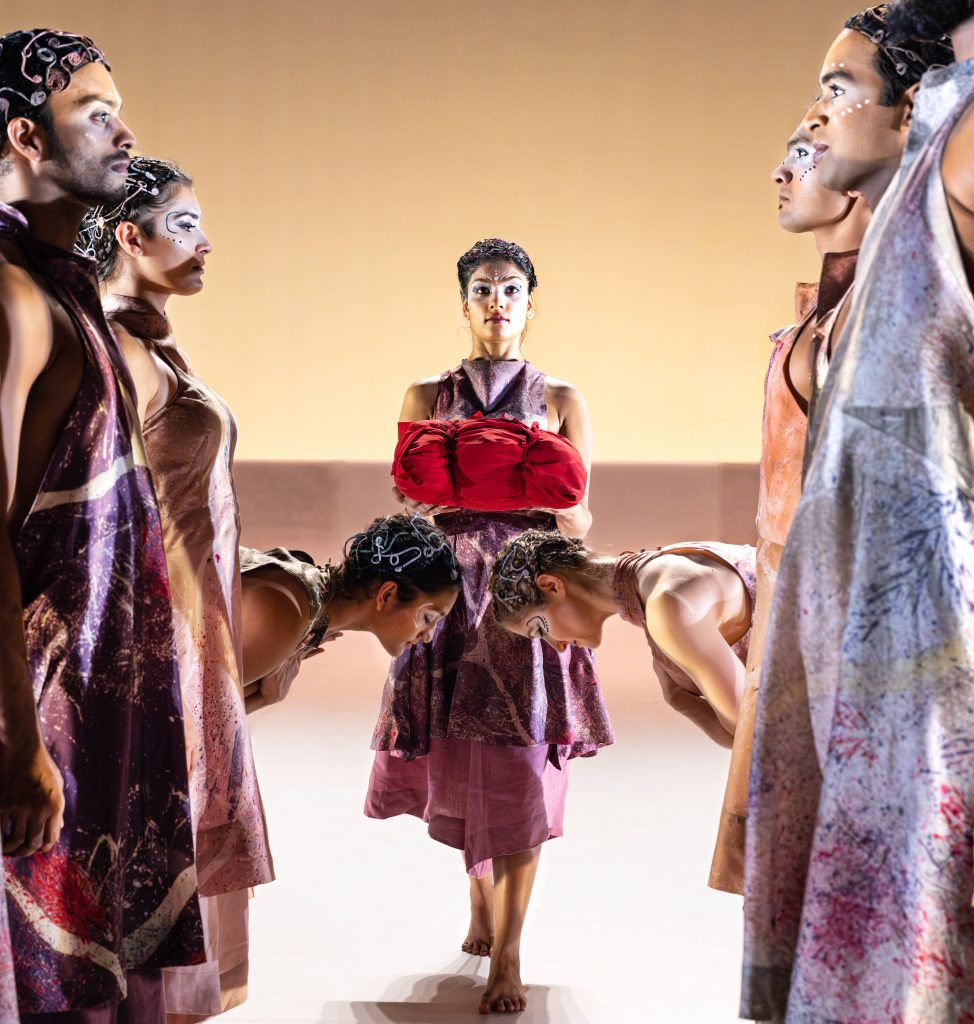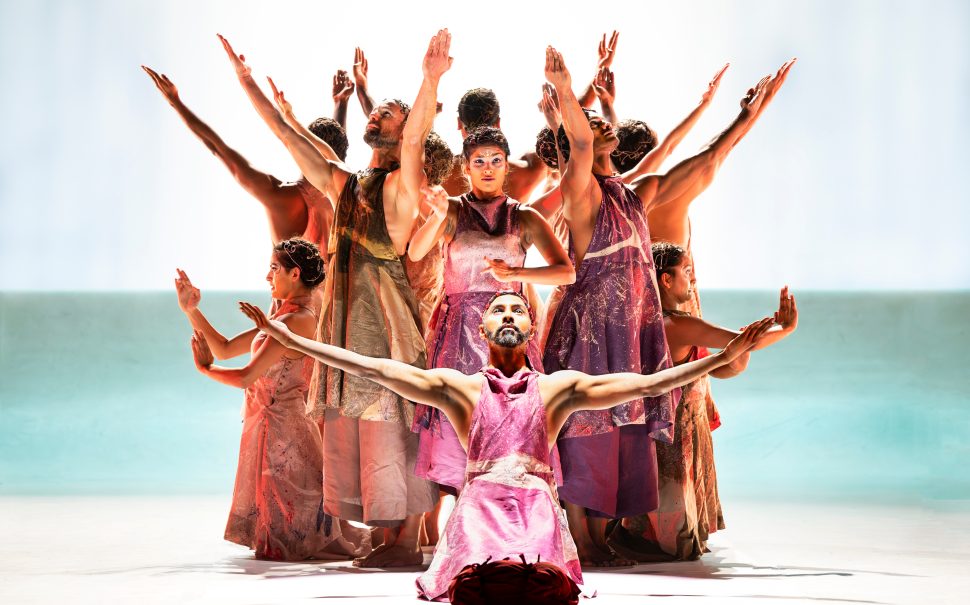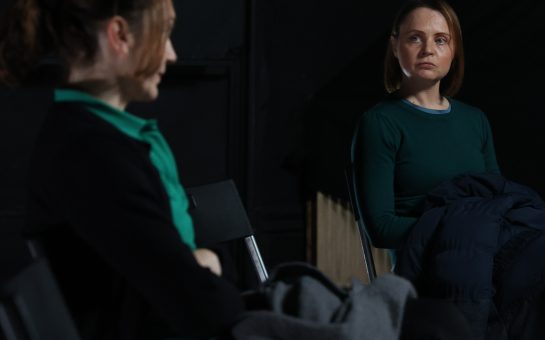On the second tour of the production since 2019, award-winning choreographer and performer Seeta Patel and her dancers bring to the Lowry a dynamic performance that transcends cultural boundaries.
The Rite of Spring has been adapted, reworked, torn apart and stitched back together again countless times since its first performance in 1913, with varying levels of success.
The earliest performance descended into such uproar that Stravinsky himself stomped from the auditorium in disgust to watch the remainder from the wings.
So it was a real delight when Seeta Patel and her ensemble of 10 dancers from across the globe brought an electrifying performance that utilised the form of Bharatanatyam to combine traditional Western culture with South Asian dance.
The Rite of Spring ballet in its original form revolved around the revival of Spring and the rebirth of the Earth through the sacrifice of a virgin “Chosen One,” who would dance herself to death.
This adaptation presented an intriguing twist: instead of a sacrificial Chosen One, this character was elevated to a deity to whom the entire community sacrificed themselves.

Patel’s own solo, Shree, served as a capsule example of Bharatanatyam as a solo South Indian dance form and soon established itself as the highlight of the evening.
Intended as a prelude to The Rite of Spring, Shree portrayed Mother Earth’s journey from birth to destruction as She prepares for deliverance through the Rite of Spring.
If there was ever any doubt whether Patel would be able to fill the Lowry’s Lyric Stage, they were immediately silenced the moment she began uncurling in the near blackness of the stage.
Even without music Patel’s movements held a captivating power. The accompanying music played by musicians Samyukta Ranganathan (vocals), Prathap Ramachandran (percussion) and Vijay Venkat (flute) set them on fire with their visceral quality and undulating rhythms.
Concealed behind a veil-like sheet on which projections of rich plant life which later began to blacken and shrivel, the musicians became a part of the set and the performative ‘earth’ itself in an evocative display by Visual Art and Set Designer Rachana Jadhav.
Each musician added another dimension of feeling while Patel as Mother Earth morphed her body into various geometric shapes, unfurling her hands with delight in celebration of her birth, and folding back in on herself at her demise.
The main performance of The Rite of Spring exchanged live musicians for a recording of Stravinsky’s timeless score, conducted by chief conductor of the Bournemouth Symphony Orchestra Kirill Karabits.
The absence of a live orchestra was initially disappointing, but did nothing to derail the performance.
It was simultaneously a continuation of what had already passed and a performance from a different universe entirely. Where Patel’s movements in Shree carried a deliberate intensity and sense of total control, The Rite of Spring’s dancers emulated the wildness and frantic agitation that is so stark in Stravinsky’s score.
It became difficult at times to resist digging your fingernails into the arms of the chair.
The beats of agitation in Stravinsky’s score were where Patel’s choreography really shone. The performer demonstrated an uncanny ability to extract what emotional beats lie in the music and had her dancers build on them them to a scale that just stopped short of overwhelming.
Ultimately a triumph, the show successfully introduced Bharatanatyam to a whole new audience.
Where Patel will go and what she will do next remains to be seen, but it is sure to be something profoundly worthwhile.
Images courtesy of Foutini Christofilopoulou




